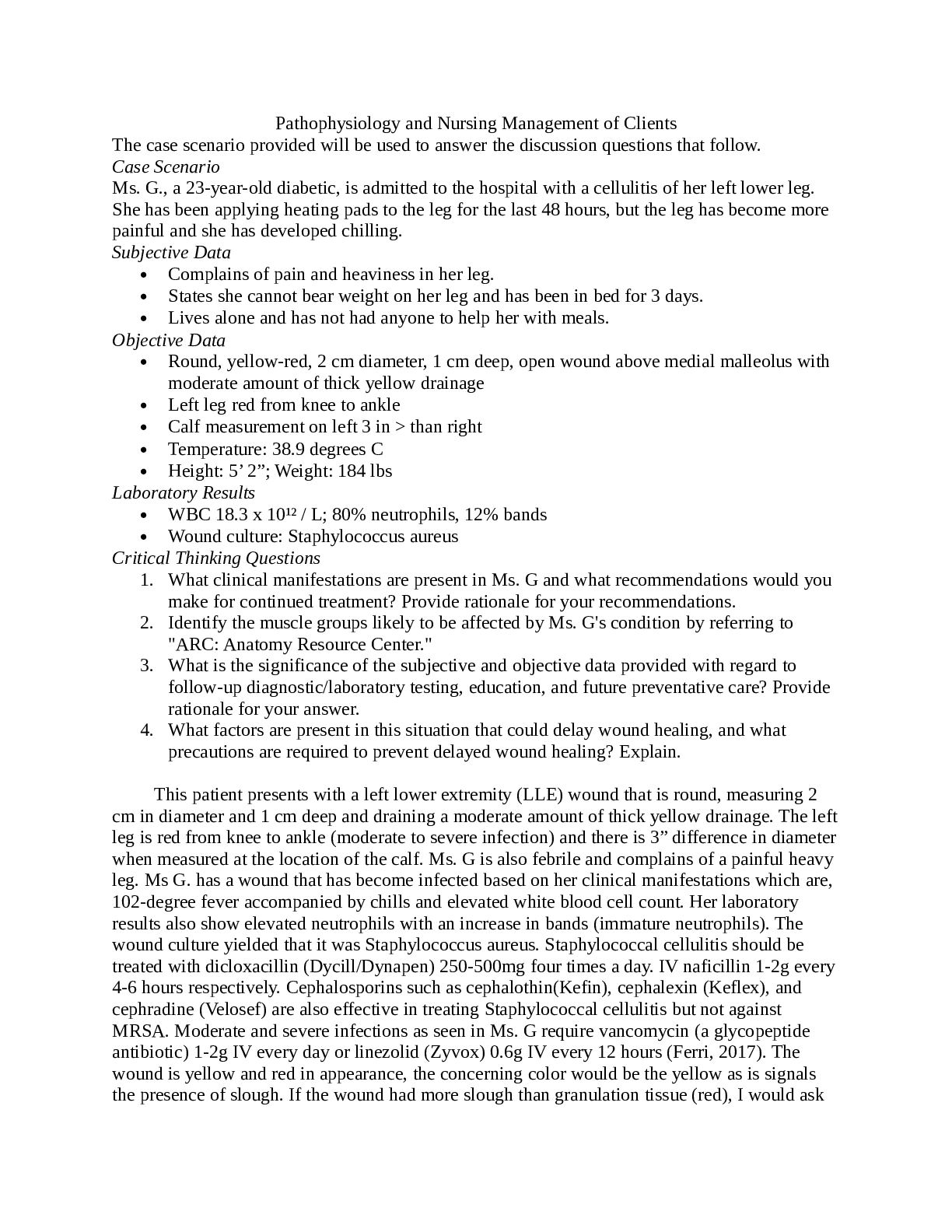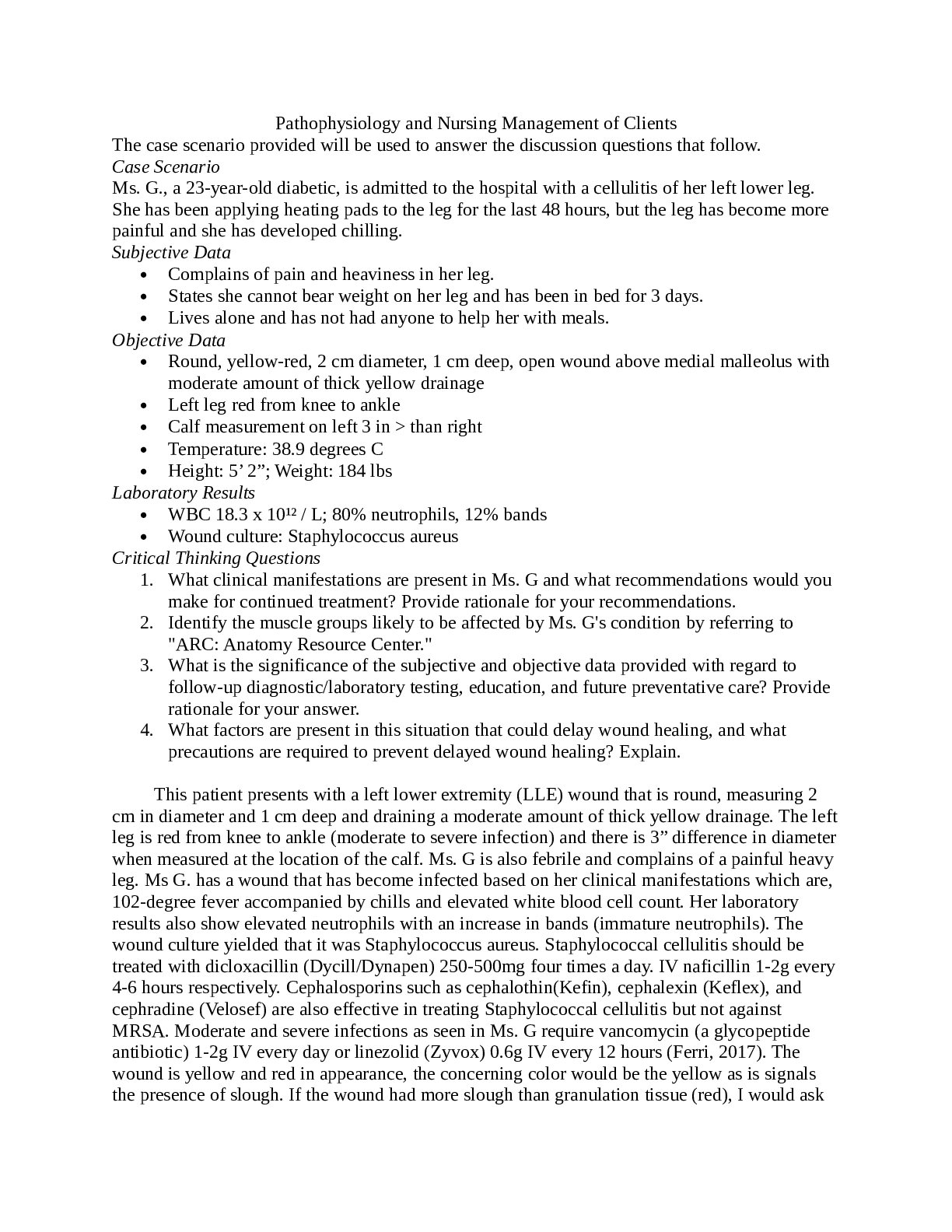Pathophysiology and Nursing Management of Clients week 1,2,3,4 discussions
Course
Subject
Chemistry
Category
Study Guide
Pages
20
Uploaded By
ATIPROS
Preview 5 out of 20 Pages


Download all 20 pages for $ 11.00
Reviews (0)
$11.00
